Exploring the Creative Economy with the Accelerator Lab for Barbados and the Eastern Caribbean
What Can Art Show Us About Development?
November 3, 2023
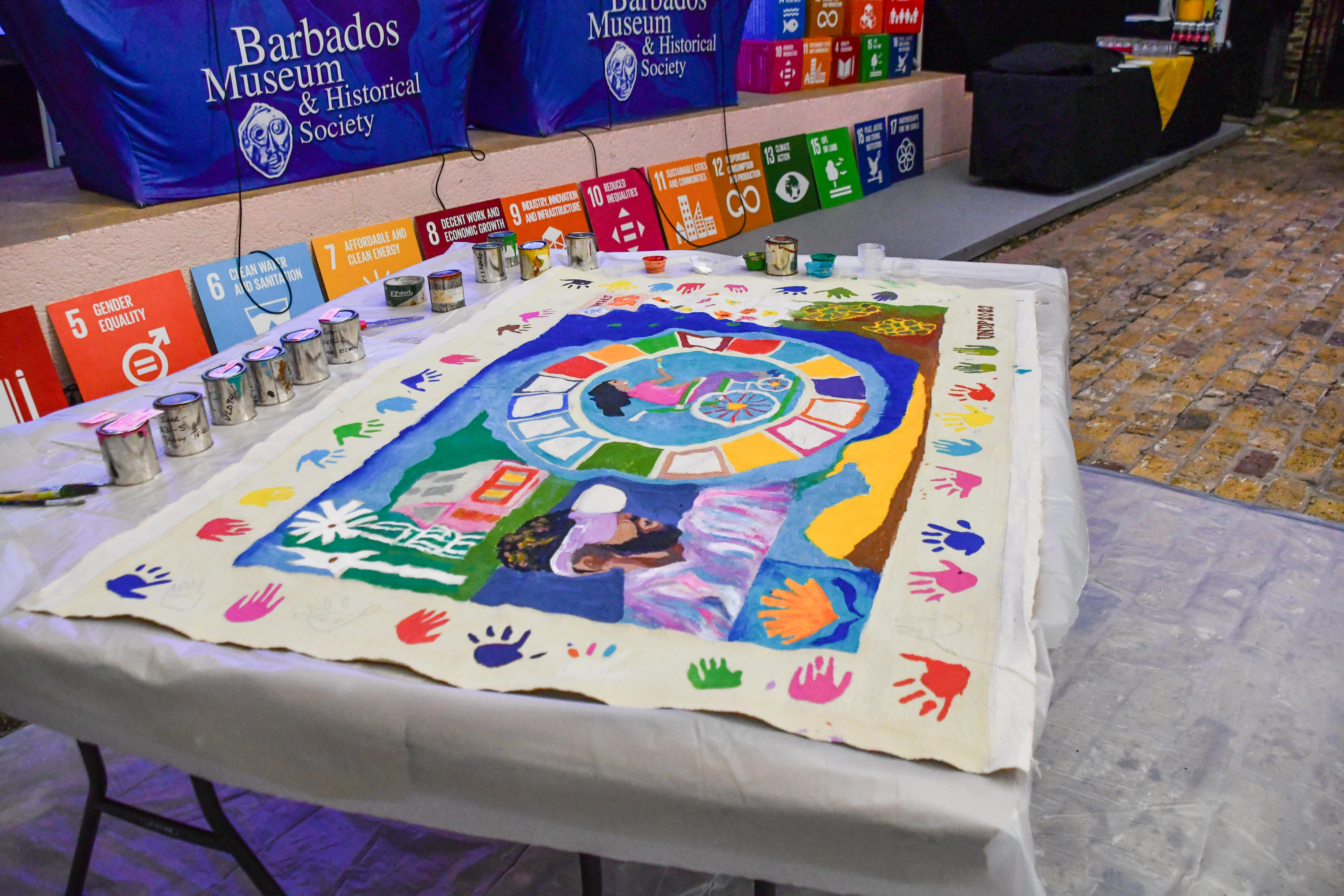
The Significance of the Orange Economy
Boosting opportunities in the Blue, Green and Orange Economies is central to the work of the United Nations Development Programme (UNDP) Multi-Country Office for Barbados and the Eastern Caribbean as we support Small Island Developing States (SIDS) in building resilience and achieving the Sustainable Development Goals. And for us at the UNDP Accelerator Lab, we are particularly inspired by the Orange Economy, often referred to as the Creative Economy, due to its immense offerings in innovation, imagination, and invention.
In Latin America and the Caribbean (LAC), the potential of the Orange Economy looms large. Representing creative content and experiences in diverse categories such as manufacturing, tourism, and telecom, the Orange Economy holds vast opportunities for economic diversification and improved competitiveness on the global stage (IDB, 2017). This has been further bolstered by recent growth in the digital creative sector, where booms in new products and services provide members of LAC countries with alternative livelihood possibilities in animation, gaming, graphic design and more. And while challenges such as insufficient rules and regulations and trade barriers are concerning realities, the Orange Economy has one of the highest growth rates of any regional category, generating $124 billion in revenue in 2015, or around 2.2% of regional GDP, representing 1.9 million jobs (UNESCO, 2015). In the Caribbean, this is consistent with a creative and cultural competitive advantage stemming from festival tourism and musical talent emanating from the likes of Bob Marley, Rihanna and Machel Montano, as well as a wave of newcomers promoting artistic collaboration such as Michael Brun (UNCTAD, 2020).
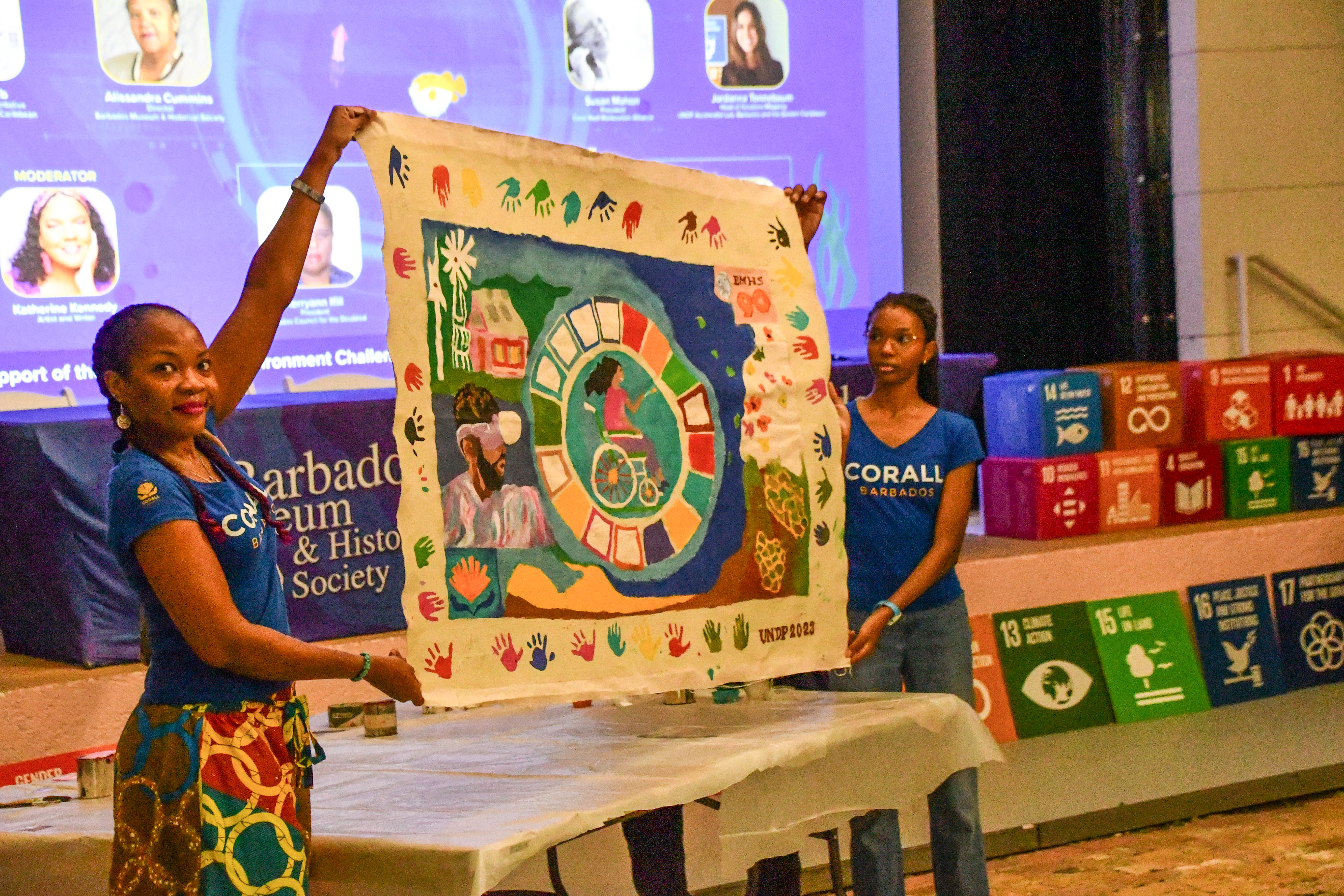
Art as a Tool for Change Event, Mural Painting.
Futures of the Eastern Caribbean Environment Challenge
Eager to understand and expand creative spaces further while building bridges with the Blue and Green Economies, the Accelerator Lab launched the “Futures of the Eastern Caribbean Environment Challenge” in collaboration with the Barbados Museum & Historical Society this year. Through the call, we put it to regional youth to paint, sketch, draw, photograph and design their vision of what a sustainable environment could look like among SIDS.
To commence the Challenge, we opted to spark dialogue and hands-on engagement through a community event titled “Art as a Tool for Change.” During the gathering, artists, students, and volunteers co-painted a mural designed by the Coral Reef Restoration Alliance (CORALL) Barbados. The canvas portrayed images of regional agriculture, renewable energy, and technology, altogether representing one futuristic vision of a thriving and interconnected Caribbean environment.
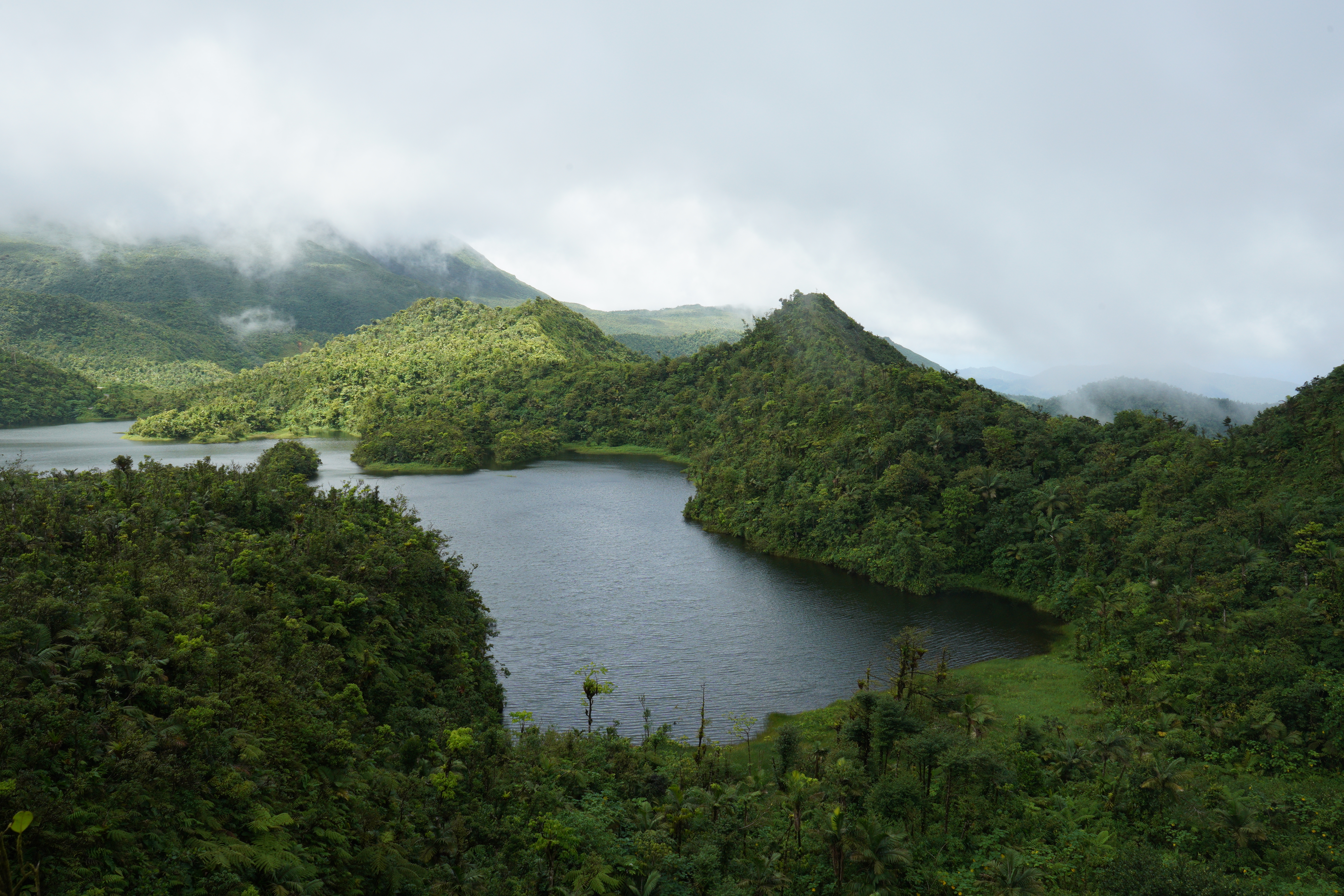
Submission to the Futures of the Environment Challenge representing the region’s natural beauty and environmental consciousness intertwined.
Submissions to the challenge ranged across the board, with some pieces portraying ecological balance, wonder and imagination, and others displaying pleas for change in the face of coral bleaching, loss of marine life and rising temperatures. This vacillation between both a sustainable and unsustainable environment among SIDS was illustrated among a multimedia mixture of poetry, photography, digital art and painting, speaking to how both words and imagery can convey the complicated relationship youth are currently experiencing with nature.
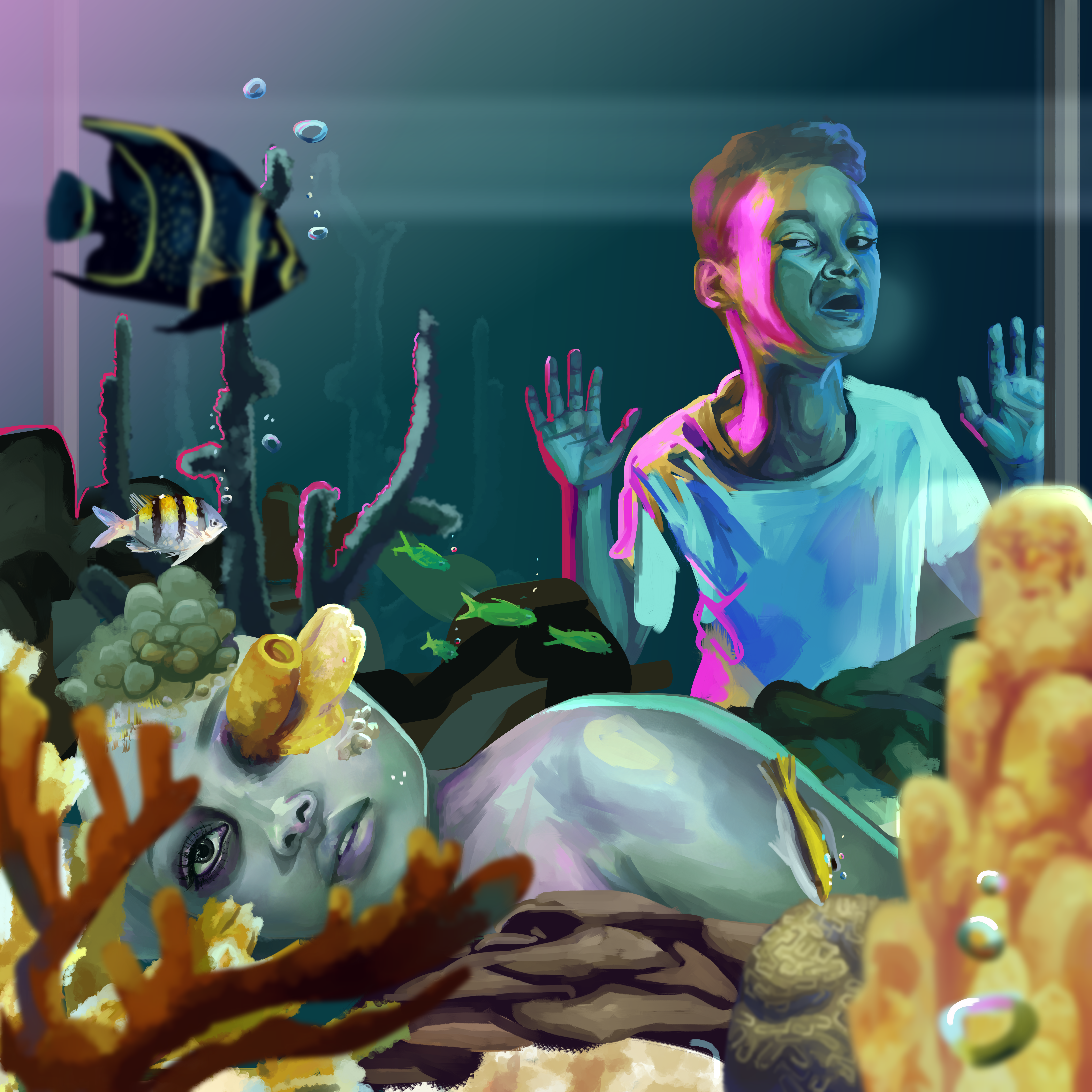
Submission to the Futures of the Environment Challenge representing natural decay | Robin Griffith
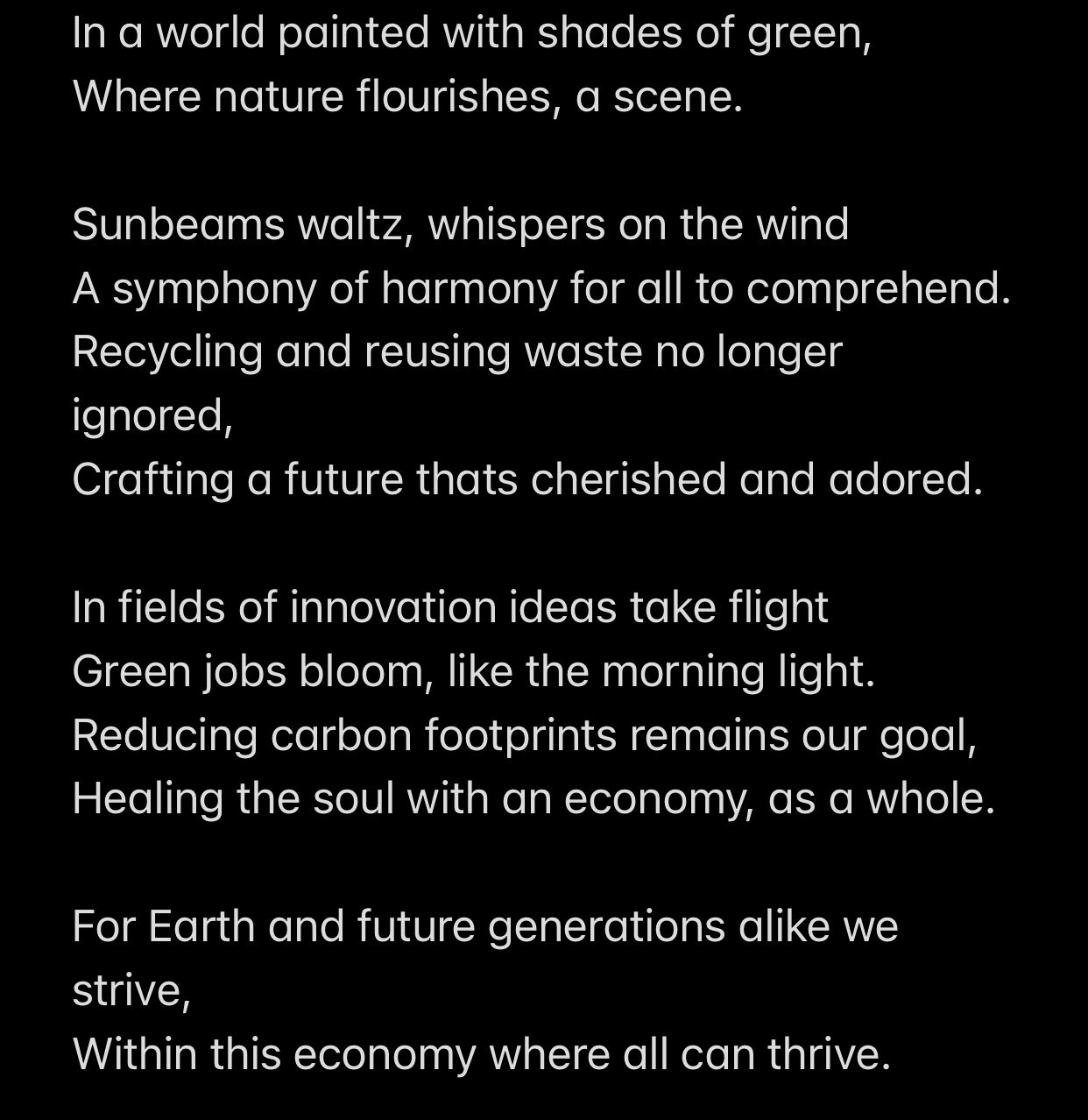
Submission to the Futures of the Environment Challenge representing the Green Economy | Sade Clarke
While we cannot predict the future, creative portrayals of 'what could be' help us to better understand our present-day situation and consider scenarios that might unfold.
Futures Thinking x The Creative Economy
From a Futures Thinking perspective, what is the value of dreaming up diverse depictions of the environment? While we know that we cannot predict the future, these creative portrayals of what could be help us to better understand our present-day situation, as well as to consider a variety of scenarios that might unfold.
According to the youth who participated in the Futures of the Environment Challenge, these scenarios may include a blooming green jobs market, loss of marine species and harmony with the natural world. How can we best prepare for these and countless other forecasts of what the environment might look like down the line in the Eastern Caribbean? For starters, we can embrace artistic and alternative modes of conceiving of the future, allowing communities to think outside the box.
The multifaceted perspectives and high-quality nature of the Challenge submissions received are synonymous with a strong cultural sphere in the Eastern Caribbean where expertise and skill in architecture, film, design, crafts, music, radio, and the performing arts are palpable. At the same time, to strengthen these livelihood streams and increase capacities for Orange-led economic diversification, many barriers must be overcome, seen in the need for the strengthening of financial instruments for investment, streamlining of trade arrangements and improved export capabilities (IDB, 2017).
From a development perspective, we must find and implement solutions to these problem areas so that we may support the social and economic progress that is embedded in the Orange Economy.

 Locations
Locations
